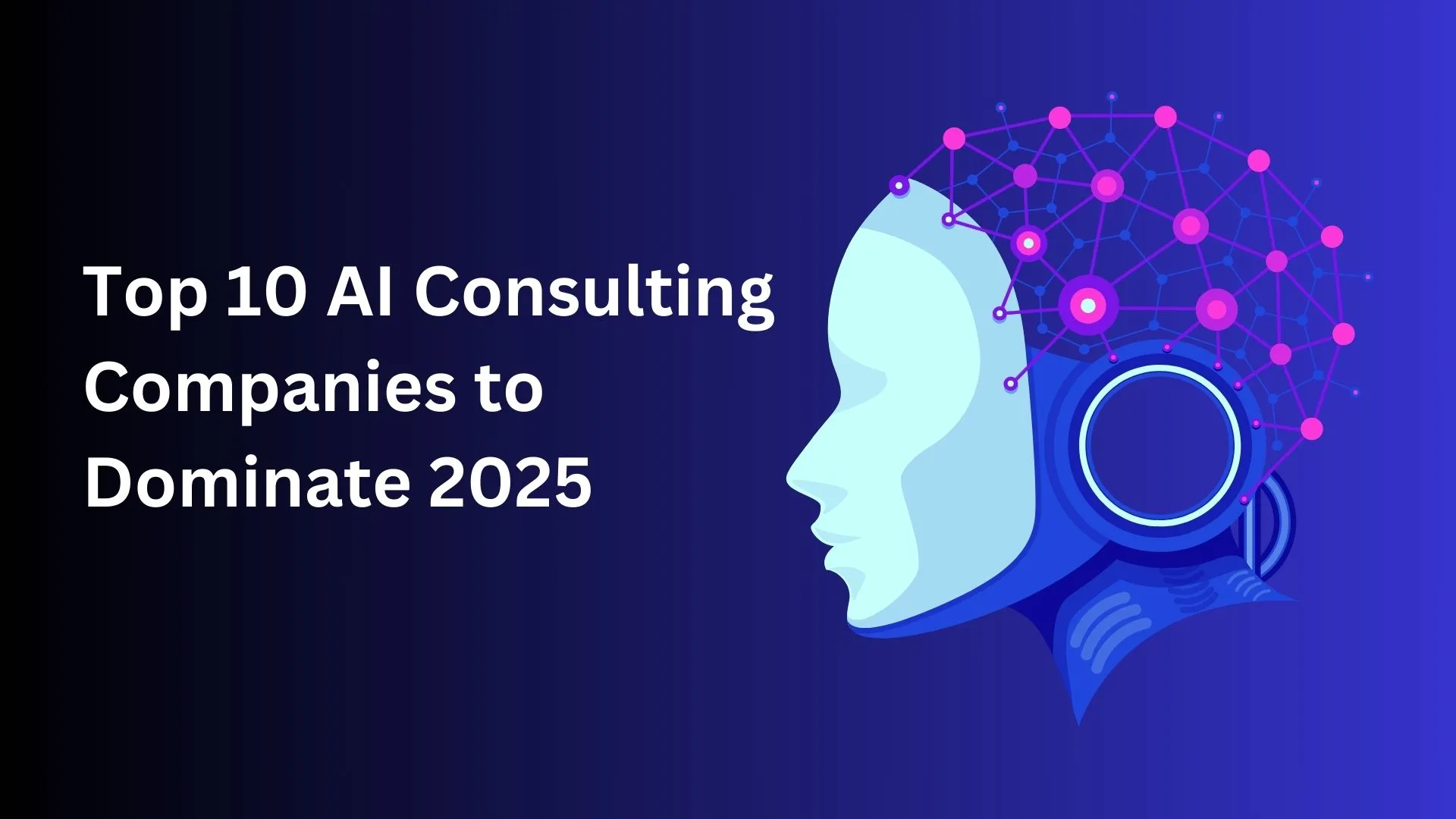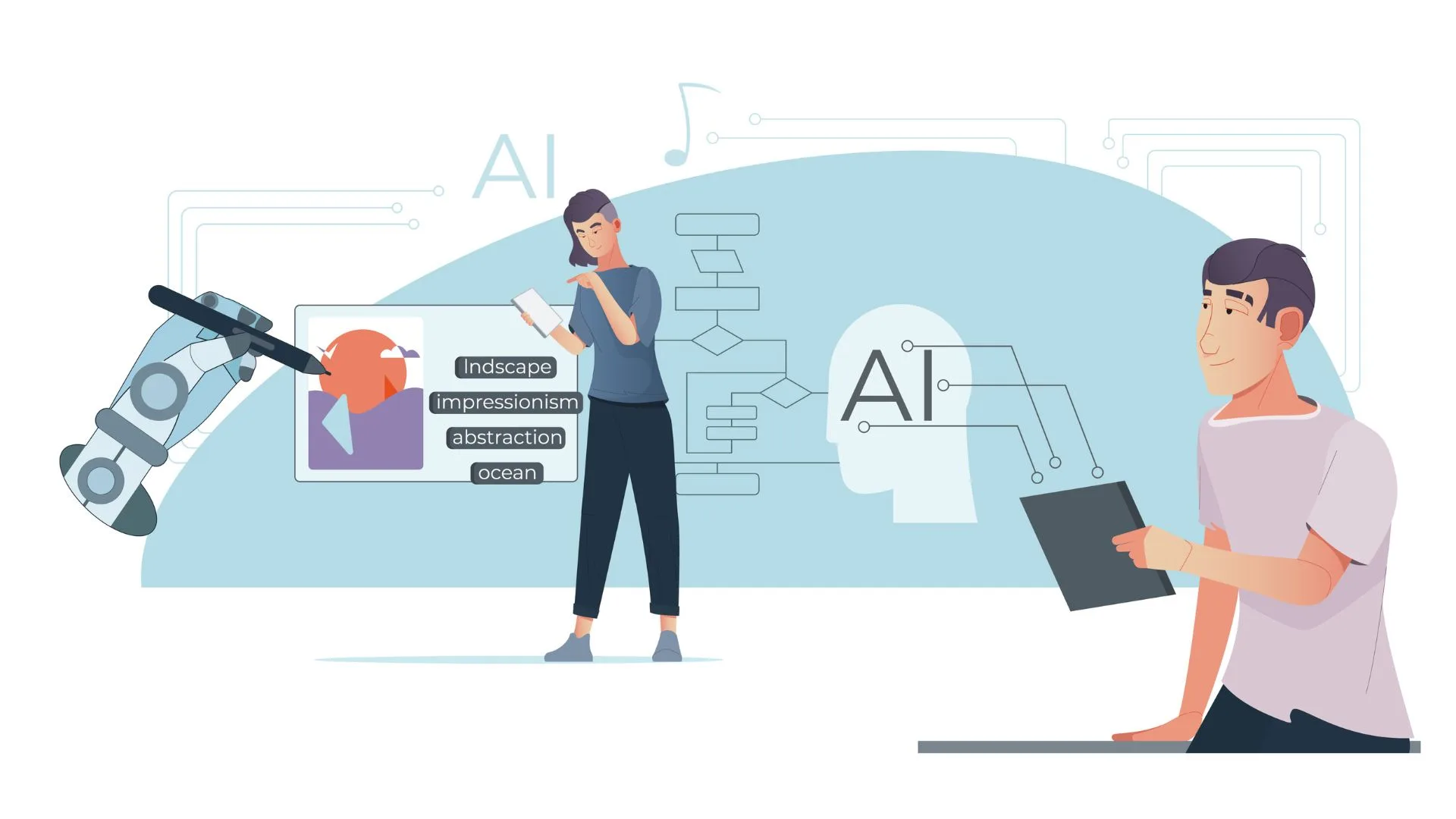In today’s rapidly evolving technological landscape, digital engineering has emerged as a cornerstone of innovation across industries. Far from being a futuristic concept, it’s the driving force behind some of the most groundbreaking advancements we’re witnessing today. By seamlessly integrating digital tools and processes throughout the entire product lifecycle, companies are achieving unprecedented results – from dramatically accelerated development cycles to products of superior quality and sustainability.
But what exactly is digital engineering, and how are leading companies leveraging it to gain a competitive edge? This comprehensive guide delves into inspiring examples from industry titans, exploring the transformative power of digital engineering and its far-reaching implications for the future of innovation.
Tesla: Revolutionizing the Automotive Industry with Digital Twins
Accelerating EV Innovation Through Virtual Replication
Tesla, a name synonymous with electric vehicle (EV) innovation, has positioned itself at the forefront of the digital engineering revolution. At the heart of their approach lies a powerful tool: digital twins. These virtual replicas of physical vehicles serve as the backbone of Tesla’s rapid innovation cycle.
Key Applications of Digital Twins at Tesla:
- Performance Simulation: Tesla engineers can test vehicle performance under various conditions without the need for physical prototypes.
- Design Optimization: Virtual testing allows for rapid iteration and refinement of vehicle designs.
- Production Process Optimization: Digital twins help streamline manufacturing processes before implementation on the factory floor.
Benefits of Tesla’s Digital Twin Approach:
- Significantly faster development cycles
- Substantial cost reduction in the design and testing phases
- Continuous improvement of EV technology through data-driven insights
Boeing: Soaring to New Heights with Model-Based Design (MBD)
Transforming Aerospace Engineering with Integrated 3D Models
Boeing, a global aerospace leader, has embraced digital engineering through the implementation of Model-Based Design (MBD). This approach represents a paradigm shift from traditional 2D drawings to a comprehensive 3D digital model that serves as a single source of truth throughout the design, engineering, and manufacturing processes.
Key Features of Boeing’s MBD Approach:
- Integrated 3D Modeling: A single digital 3D model replaces multiple 2D drawings.
- Cross-Functional Collaboration: MBD facilitates seamless communication between design, engineering, and manufacturing teams.
- Real-Time Updates: Changes to the digital model are instantly reflected across all departments.
Impact of MBD on Boeing’s Operations:
- Significant reduction in design errors and miscommunications
- Enhanced efficiency in aircraft design and production processes
- Improved overall safety and quality of Boeing aircraft
Siemens: Building the Cities of Tomorrow with Digital Twins
Reimagining Urban Infrastructure Through Virtual Replication
Siemens, a global leader in smart infrastructure solutions, is taking the concept of digital twins to an unprecedented scale – entire cities. By creating virtual replicas of urban environments, Siemens is revolutionizing how we plan, build, and manage our cities.
Components of Siemens’ City Digital Twins:
- Building Information: 3D models and operational data of individual structures
- Transportation Systems: Real-time data on traffic flow, public transit, and mobility patterns
- Utility Networks: Information on energy grids, water systems, and waste management
Applications of City Digital Twins:
- Urban Planning: Simulating the impact of new developments or infrastructure changes
- Energy Optimization: Identifying opportunities for improved energy efficiency across the city
- Disaster Preparedness: Running scenarios to enhance city resilience against natural disasters
Benefits of Siemens’ Approach:
- More sustainable and efficient urban environments
- Data-driven decision-making for city planners and officials
- Improved quality of life for city residents through optimized services
Nike: Personalizing Athletic Wear Through Digital Design and Manufacturing
Revolutionizing Sportswear with Cutting-Edge Technology
Nike, the global sportswear giant, is leveraging digital engineering to create a more personalized and sustainable approach to athletic footwear and apparel.
Key Digital Engineering Initiatives at Nike:
- 3D Foot Scanning: Using advanced scanning technology to create detailed digital models of individual feet
- Customized Design Algorithms: Developing shoe designs tailored to an individual’s unique foot shape and gait
- Digital Manufacturing: Implementing on-demand production techniques to reduce waste and improve fit
Impact of Nike’s Digital Approach:
- Unparalleled customization in athletic footwear
- Significant reduction in material waste through on-demand production
- Enhanced performance and comfort for athletes at all levels
General Electric: Empowering Industry with Predictive Maintenance
Harnessing the Industrial Internet of Things (IIoT) for Operational Excellence
General Electric (GE) stands at the forefront of industrial automation and the Industrial Internet of Things (IIoT). Through digital engineering, GE is transforming how industrial equipment is monitored, maintained, and optimized.
Key Components of GE’s Digital Engineering Strategy:
- Real-Time Monitoring: Implementing sensors to collect continuous data on equipment performance
- Advanced Analytics: Utilizing AI and machine learning to analyze vast amounts of sensor data
- Predictive Algorithms: Developing models to forecast potential equipment failures before they occur
Benefits of GE’s Predictive Maintenance Approach:
- Dramatic reduction in unplanned downtime for industrial equipment
- Optimized maintenance schedules, reducing costs and extending equipment lifespan
- Enhanced safety through early detection of potential issues
The Digital Engineering Revolution: A Catalyst for Industry-Wide Transformation
The examples highlighted above represent just a fraction of how digital engineering is reshaping industries across the board. By embracing this transformative approach, companies are experiencing a multitude of benefits:
- Accelerated Innovation: Digital tools dramatically shorten product development cycles, allowing companies to bring groundbreaking ideas to market faster than ever before.
- Enhanced Product Quality: Virtual simulations and comprehensive testing capabilities enable the early identification and resolution of design flaws, resulting in products of superior quality and reliability.
- Optimized Efficiency: Digital engineering streamlines workflows, minimizes errors, and allows for more effective resource allocation, leading to significant improvements in overall operational efficiency.
- Increased Sustainability: Tools like life cycle assessment, enabled by digital engineering, allow companies to design more eco-friendly products and minimize their environmental impact throughout the entire product lifecycle.
- Improved Customer Experience: From personalized products to more reliable services, digital engineering ultimately translates to enhanced value for end-users across industries.
The Future is Digital: Embracing the Next Wave of Innovation
As digital engineering continues to evolve at a rapid pace, we can anticipate even more groundbreaking applications and advancements on the horizon. Emerging technologies like artificial intelligence, machine learning, and quantum computing promise to further amplify the transformative power of digital engineering.
Companies that embrace this technology and integrate it into their core operations will be well-positioned to:
- Lead their respective industries in innovation and technological advancement
- Adapt more quickly to changing market conditions and customer demands
- Attract top talent drawn to cutting-edge technological environments
- Contribute meaningfully to global sustainability efforts
The digital engineering revolution is not just reshaping individual companies – it’s redefining entire industries and setting new standards for what’s possible in product design, manufacturing, and service delivery.
Conclusion: Seizing the Digital Engineering Opportunity
The examples we’ve explored – from Tesla’s virtual vehicle prototypes to Siemens’ city-scale digital twins – demonstrate the immense potential of digital engineering across diverse sectors. As this field continues to advance, it will undoubtedly play a crucial role in solving some of the world’s most pressing challenges, from sustainable urban development to more efficient healthcare delivery.
For businesses, the message is clear: embracing digital engineering is no longer optional – it’s imperative for remaining competitive in an increasingly digital world. Those who successfully integrate these tools and methodologies into their operations stand to reap significant rewards in terms of innovation, efficiency, and market leadership.









